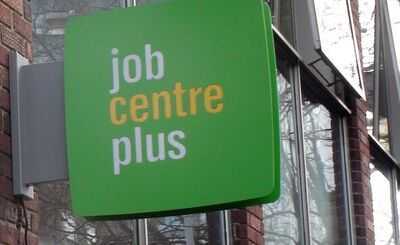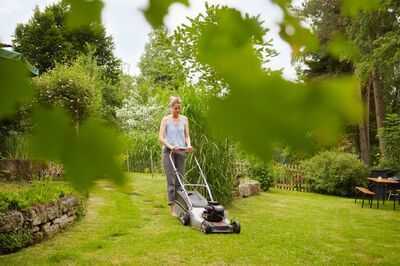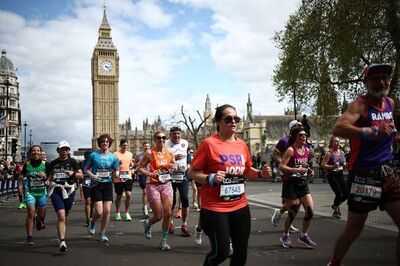States' share in the taxes on a number of items such as certain motor cars and motorcycles has decreased as the Agriculture Infrastructure and Development Cess has increased on several items.
The Union government on Saturday lowered the basic customs duty (BCD) on 37 tariff lines with no change in effective rates. This could effectively mean, states' share in the taxes collected on a number of imported items such as certain motor cars and motorcycles could come down as cesses like the Agriculture Infrastructure and Development Cess (AIDC) have increased.
The AIDC is collected at the time of import or sale of goods by the central government to fund agricultural infrastructure in India. But basic customs duty is shared between the states and the centre-.
The BCD for 'Motor cars and other motor vehicles principally designed for the transport of persons, including station wagons and racing cars', under a tariff heading of value exceeding $40,000, was reduced from 100 per cent to 70 per cent.
A similar sharp reduction was applied to 'Used motorcycles (including mopeds) and cycles fitted with an auxiliary motor, with or without sidecars, under a tariff heading', where the BCD was reduced from 100 per cent to 70 per cent.
Think tank Global Trade Research Initiative (GTRI) stated that the Union Budget 2025-26 continues the government's trend of adjusting Basic Customs Duty and the Agriculture Infrastructure and Development Cess, a practice followed since Budget 2021-22.
"The government lowers BCD on certain products while increasing AIDC, benefiting from the fact that BCD is shared with states, whereas AIDC is retained entirely by the central government," GTRI founder Ajay Srivastava said.
In Budget 2025, for many products, while the overall duty remains the same, the government has reduced BCD and transferred the difference to AIDC. This applies to marble, granite, crude, candles, PVC flex films, footwear, marble slabs, solar cells, motor cars (above $40,000), used motor cars, motorcycles, used motorcycles, bicycles, yachts and other vessels, electricity meters, and parts of electronic toys.
"For some products, the overall duty burden has decreased, but the share of AIDC has increased. This applies to solar modules, motor vehicles (passenger - tariff heading 8702), motor vehicles (goods - tariff heading 8704), seats (tariff heading 9401), other furniture, mattress supports, bedding articles, luminaires and light fittings (including searchlights and spotlights), parts of electronic toys, and laboratory chemicals," Srivastava said.
He explained that as AIDC is a cess, it is not shared with states and goes directly to the Consolidated Fund of India (CFI). Introduced in Budget 2021-22 to finance agricultural infrastructure projects, AIDC is levied on specific imports like gold, silver, petrol, and pulses, as well as on domestic petroleum products. He added that the revenue generated is used exclusively by the central government for agricultural development.
Duty Rejig
"For most automotive parts and vehicles, import duties haven't really changed. The government has merely shifted some duties from basic customs duty to the Agricultural Infrastructure and Development Cess. The only real duty cuts are on motorcycles (including those in CKD and SKD form), some large passenger vehicles (including CKD and SKD form), and goods transportation vehicles. This move by the Indian government can also be seen as a step towards providing a level playing field for foreign manufacturers by reducing tariff barriers in sectors where India has a strong supply chain," Saurabh Agarwal, partner & Automotive Tax Leader at EY, said.
Regarding the duty changes in the electronics sector, India Cellular & Electronics Association (ICEA) chairman Pankaj Mohindroo stated that the rationalisation of tariffs on key inputs and components creates a more competitive cost structure and encourages deeper integration with global value chains.
On the removal of the 2.5 per cent BCD on major mobile inputs/parts or sub-parts for Printed Circuit Board Assembly (PCBA), Camera Modules, Connectors, Wired Headsets, and Microphones, among others, ICEA noted that while tariff protection was necessary during the infancy of manufacturing, it is no longer required in the mobile phone industry.
"The industry has reached a gigantic scale of $60 billion in annual production. The removal of the 2.5 per cent BCD will enhance manufacturing, remove ambiguity, and increase competitiveness," ICEA said.
ASK Investment Managers Limited said that the Budget introduced custom duty exemption on 35 additional capital goods for EV battery manufacturing which will boost domestic manufacture of lithium-ion batteries for electric vehicles.
"The reduction in customs duty on liquified propane from 15 per cent to 2.5 per cent (for industrial usage) and on LPG from 15 per cent to 5 per cent (for industrial usage) can potentially boost consumption of Propane/ LPG in the Morbi's industrial cluster and in other industries," ASK Investment Managers Limited said.









